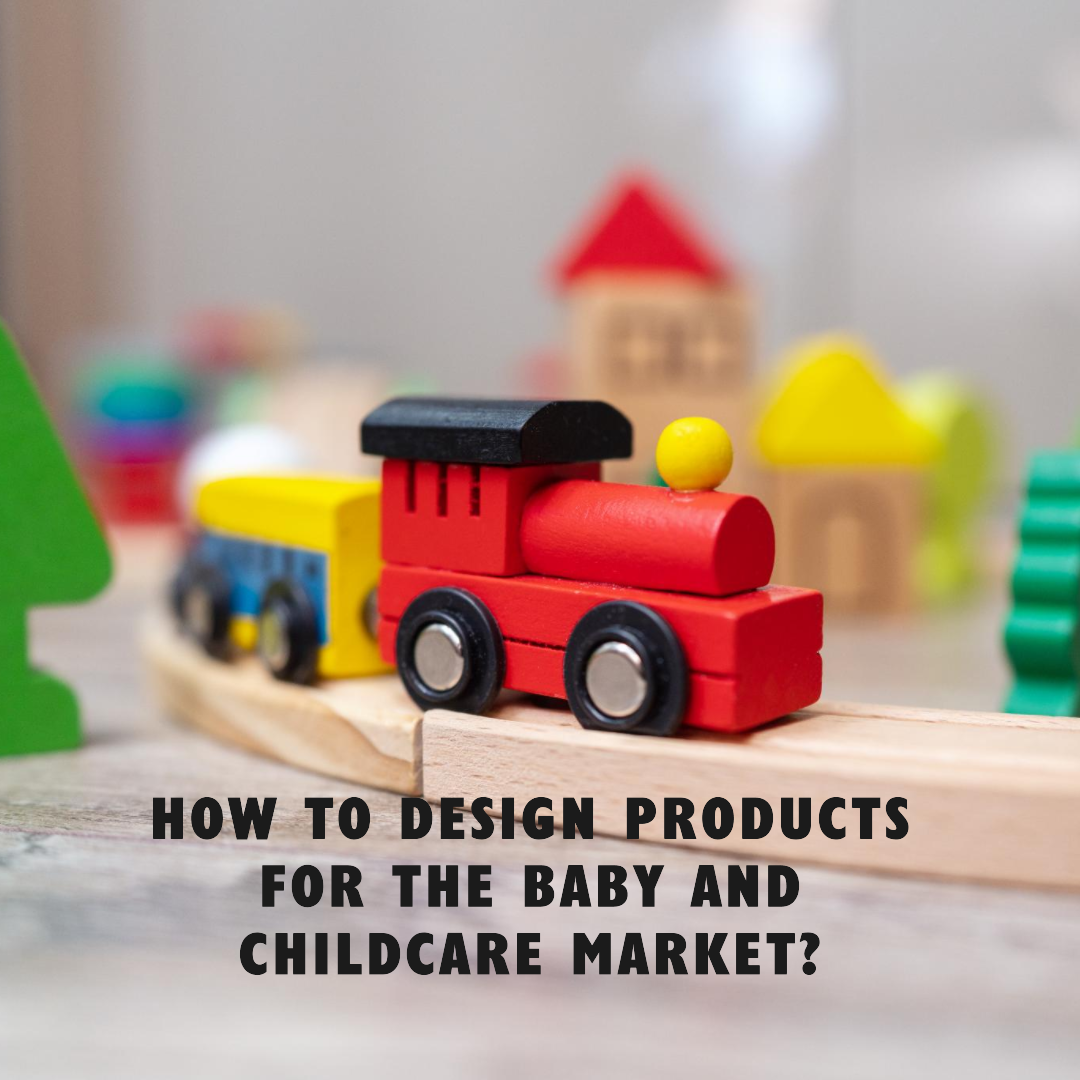What are the Key Principles of Product Design?
Product design is the process of creating products that meet the needs of users and solve their problems. It involves understanding the users, their needs, and the market in order to create products that are both useful and desirable. Product designers consider all aspects of the product, from its function and features to its appearance and user experience.
There are a number of key principles that guide good product design. These principles can help designers to create products that are user-friendly, efficient, and effective.
1. User-centered design
User-centered design is a principle that emphasizes the importance of understanding and designing for the needs of users. It involves putting the user at the center of the design process and considering their needs, wants, and pain points throughout the process.
User-centered design can be achieved by conducting user research, such as interviews, surveys, and usability testing. This research can help designers to understand the needs of users and identify opportunities to create products that are more user-friendly.
2. Simplicity
Simplicity is another important principle of product design. It is important to design products that are easy to understand and use. This can be achieved by avoiding unnecessary complexity and focusing on the core features and functionality of the product.
Simplicity can also be achieved by using clear and concise language, and by using a consistent design throughout the product.
3. Functionality
Functionality is the ability of a product to perform its intended purpose. It is important to design products that are functional and meet the needs of users.
Functionality can be achieved by carefully considering the needs of users and designing products that have the features and functionality that users need. It is also important to test prototypes of products with users to ensure that they are functional and meet the needs of users.
4. Aesthetics
Aesthetics is the visual appeal of a product. It is important to design products that are visually appealing and that users enjoy using.
Aesthetics can be achieved by using a pleasing color palette, typography, and layout. It is also important to consider the overall look and feel of the product and to ensure that it is consistent with the brand image of the company.
5. Usability
Usability is the ease with which a product can be used. It is important to design products that are easy to learn and use, even for users with no prior experience with the product.
Usability can be achieved by using clear and concise language, and by using a consistent design throughout the product. It is also important to test prototypes of products with users to ensure that they are easy to use and understand.
6. Accessibility
Accessibility is the ability of a product to be used by people with disabilities. It is important to design products that are accessible to all users, regardless of their abilities.
Accessibility can be achieved by using features such as screen readers, text-to-speech, and closed captioning. It is also important to consider the physical design of the product and to make sure that it is accessible to users with limited mobility.
7. Sustainability
Sustainability is the ability of a product to be used without harming the environment. It is important to design products that are sustainable and that have a minimal impact on the environment.
Sustainability can be achieved by using sustainable materials and manufacturing processes. It is also important to design products that are long-lasting and that can be recycled or reused at the end of their life cycle.
Conclusion
The key principles of product design are user-centered design, simplicity, functionality, aesthetics, usability, accessibility, and sustainability. By following these principles, product designers can create products that meet the needs of users and solve their problems in a sustainable way.








